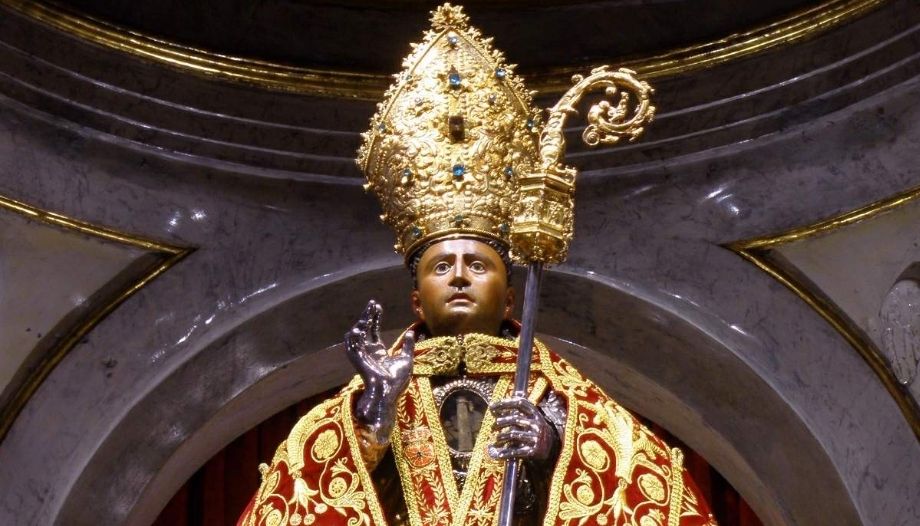The liturgy celebrates St. Fermín, the first bishop of Pamplona, on July 7. His cult is not documented until the 12th century, when he was imported from the French city of Amiens, where he was bishop and suffered martyrdom after baptizing thousands of people, according to has been written.
Among other saints and blessed, the Church also celebrates on July 7, the blessed martyr Pedro To RotHe was a defender of marriage and the family in Papua New Guinea. He was a catechist martyred in a concentration camp and will be canonized on October 19 by Pope Leo XIV.
San Fermín was born in Pamplona at the end of the 3rd century A.D. However, the first surviving documents about his life and the cult of this saint date back to the 8th century, which has led to some a hesitate of the character. However, San Fermin is one of the best known saints.
Untiring missionary activity
The Navarrese saint is known not so much for his life, his episcopate, his apostolic works or his passion and martyrdom, but for the festivities that the city of Pamplona, in Navarra (Spain), celebrates every year from July 6 to 14, known as Sanfermines. So writes José Antonio Goñi Beásoain de Paulorena, in the St. Lawrence Parish website, chapel of San Ferminin Pamplona.
With the title "San Fermín, between history and legend", José Antonio Goñi has written about 'Who was San Fermín'. "According to tradition, Saint Fermin lived in the second half of the third century and was the first bishop of Pamplona, his native city, and later of Amiens (France), where his tireless missionary activity led him. There he suffered martyrdom by beheading during the persecution of the Diocletian emperor".
Saint Saturninus and Saint Fermin
The news of his life has come down to us, he adds, through the 'Acts of the life and martyrdom of St. Fermin'. They were "probably written around the 6th century in their most essential part, which would have been expanded later, and from the medieval breviaries. In them the historical reality appears mixed with legendary elements on the life of the saint, fruit of the devotion of the faithful people".
It should be noted that the patron saint of Pamplona is Saint Saturnino. San Fermín is co-patron saint of Navarre along with the Jesuit St. Francis XavierThe feast of St. Saturninus, patron saint of missionaries, together with St. Therese of Lisieux. The feast of St. Saturninus is celebrated on November 29. Saint Saturninus was bishop of Toulouse and preached Christianity in Pamplona. The baptism of the first Christians in the city is attributed to him, as well as to San Fermin and his parents, according to tradition.
Blessed Peter To Rot, next saint
Blessed Peter To Rot, was a martyred lay catechist, husband and father of Papua New Guinea. Born in 1912, he was arrested in 1945 during the Japanese occupation in World War II and was killed by lethal injection while in prison.
The Holy See has announced that Pope Leo XIV will canonize Blessed Peter To Rot on October 19along with other Blesseds. "He will be the first native Papuan saint, a fervent defender of marriage and the family, a catechist committed to the mission of the Missionaries of the Sacred Heart and, consequently, his sanctity the fruit of the close collaboration of priests and laity in evangelization," according to the Vatican agency.







